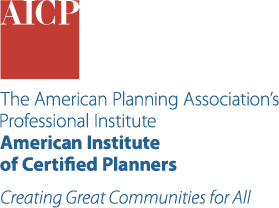Public-Sector AI Use

About This Trend
The incorporation of artificial intelligence (AI) into government services, as highlighted by organizations such as the OECD and the World Economic Forum, is likely to accelerate in the coming years. Though a 2023 Deloitte survey found that only 23 percent of U.S. respondents interacted regularly with their government through digital channels and average satisfaction with public-sector digital services was nearly 20 percent less than with private-sector digital services, a 2025 Salesforce survey found that 87 percent of respondents would be willing to use an AI agent to navigate government processes.
AI tools for government services range from AI-driven chat assistants and virtual public service agents to sophisticated tools for planning simulations and digitalizing policy formulation. Such advancements could potentially improve and reshape the way public services are both rendered and perceived. But as AI's role in public planning and services expands, there's a concurrent need for transparency and safety. The goal should not be solely gathering data and pursuing efficiency, but also building trust within communities. Learn more about the ethical use of AI in planning practice in the APA blog post "Planning Ethics and Generative AI."




